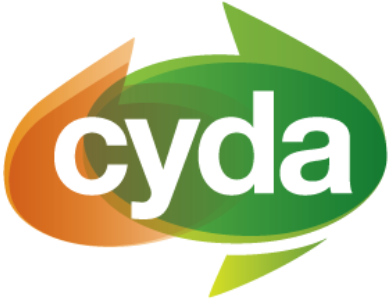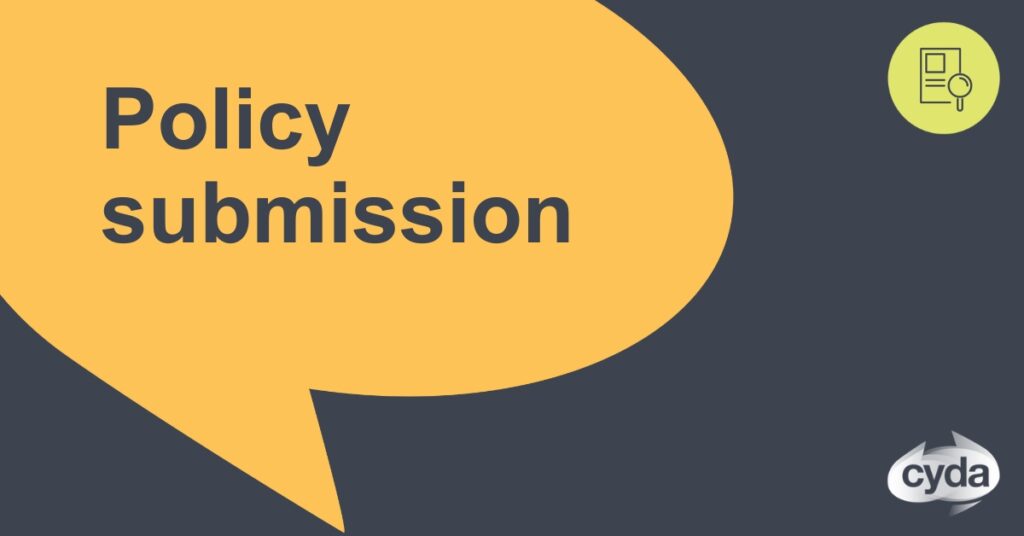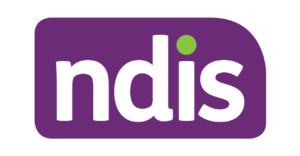In this submission, Children and Young People with Disability Australia have detailed the inclusions that are needed in the framework to meet the needs of children and young people. This includes stronger incorporation of the rights of children and young people, and clearer commitments and objectives in providing consistent, specialised supports to children and young people through individual and self-advocacy supports.
Download our full submission using the buttons above.







